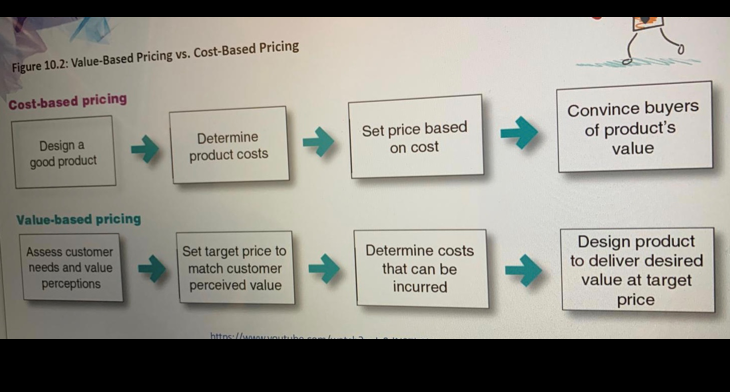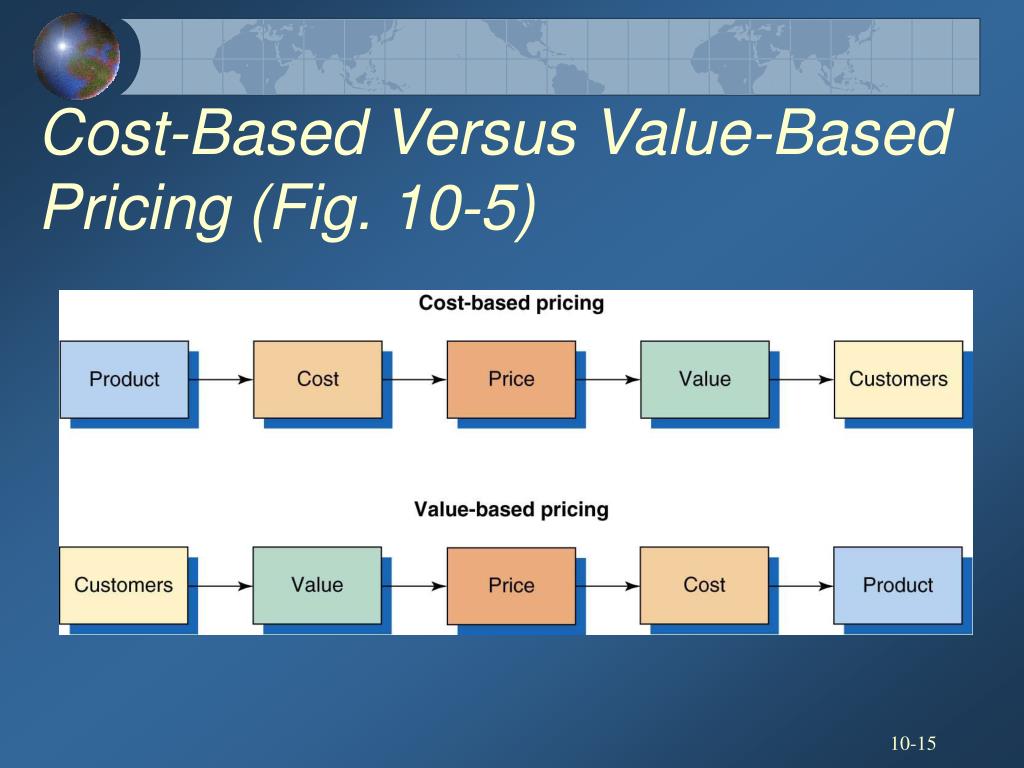

Value-based pricing provides a rough sketch of the demand for your product in the market. Your high prices are justified by the superior quality of products and customer experience your brand provides. Value-based pricing increases your brand value by establishing that your business is dedicated to putting your customers first and ensuring that the products and services you provide are top-notch. Of course, this means providing quality products and services that justify the perceived value your customers have attached to it. Providing customer satisfaction, amazing customer service and unique customer experiences breeds customer loyalty. This also helps you improve customer service and provide an unparalleled customer experience. 5. It increases focus on customer servicesĬustomer-centric pricing is for the benefit of customer satisfaction. This provides a wealth of information not just on pricing, but also on how you can improve your business. Value-based pricing relies on your consumer’s perceived value, and perceived value depends on factors including quality. The constant feedback from your consumers helps you identify future product developments to continue satisfying the needs of the market. 4. It helps you develop higher quality products This helps you conceptualize the overall demand for your products and helps you put a profit-generating price on them. Willingness-to-pay data is the maximum price your target market is willing to shell out for what they believe is the value of your products and services. 3. It proves real willingness-to-pay data Basically what they buy is the prestige of the name, the well-known skills, and talent of the creator, and the appreciating value over time, or of a complete set, of these items.

Customers care more about the perceived values of these products and are willing to pay more. Products such as art, fashion, collectibles, and luxury cars are perfect examples of these. Prestigious and culturally important items have higher perceived values. New and limited edition items see stronger sales when value-based pricing is applied. It is easier for you to penetrate a market that is not brand-loyal and relatively undiluted, especially if your products and services are packaged differently.

Its perceived value depends on how much customers are willing to pay to own those products or experience those services. Such products should be customer-focused, tailor-made to fit the wants and needs of your target market. This strategy works best for companies offering products and services that enhance a customer’s self-image or provides unique life experiences when availed. Instead of looking within the company (considering your costs, profit margins, etc.) or laterally (maintaining competitive prices against business competition), this strategy looks outward, towards your target market’s needs, wants, and willingness to pay. It is a customer-centric pricing strategy where companies base their prices on how much their target market believes a product is worth. Value-based pricing is one of the popular pricing methods businesses use in setting prices to their products and services. Let’s take a quick look at what value-based pricing is, and the pros and cons of using it as a pricing method. However, like every pricing strategy out there, it isn’t flawless. Depending on its execution, your business can reap the benefits of this strategy. Value-based pricing is a strategy of assigning prices based on the customers’ perceived value of a product.


 0 kommentar(er)
0 kommentar(er)
